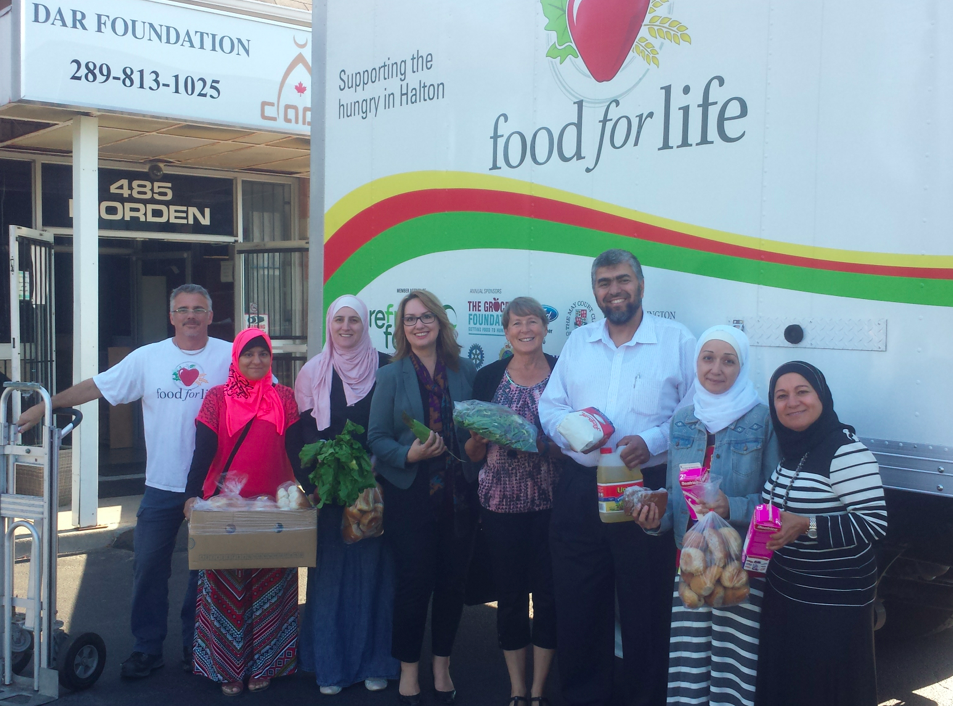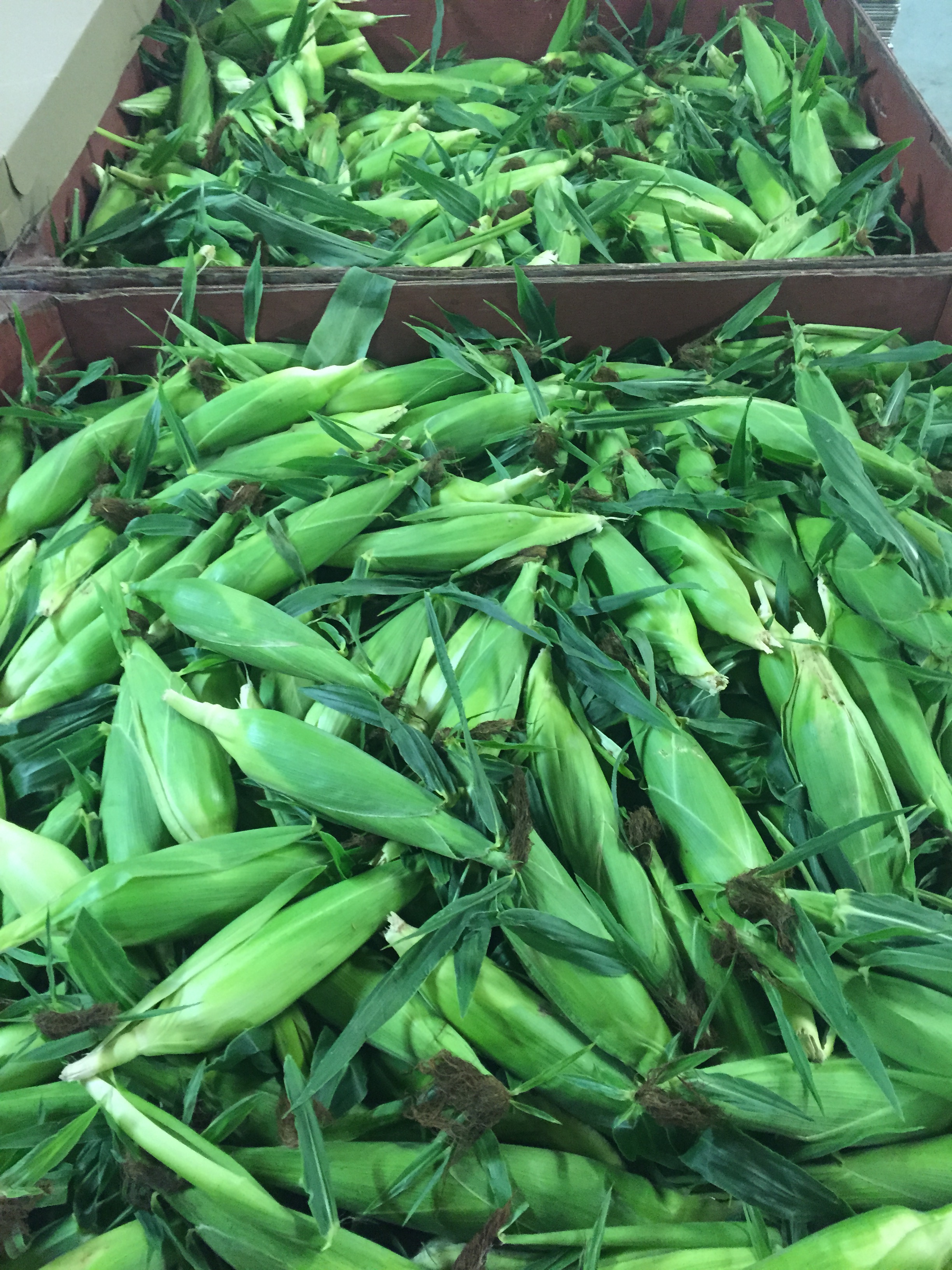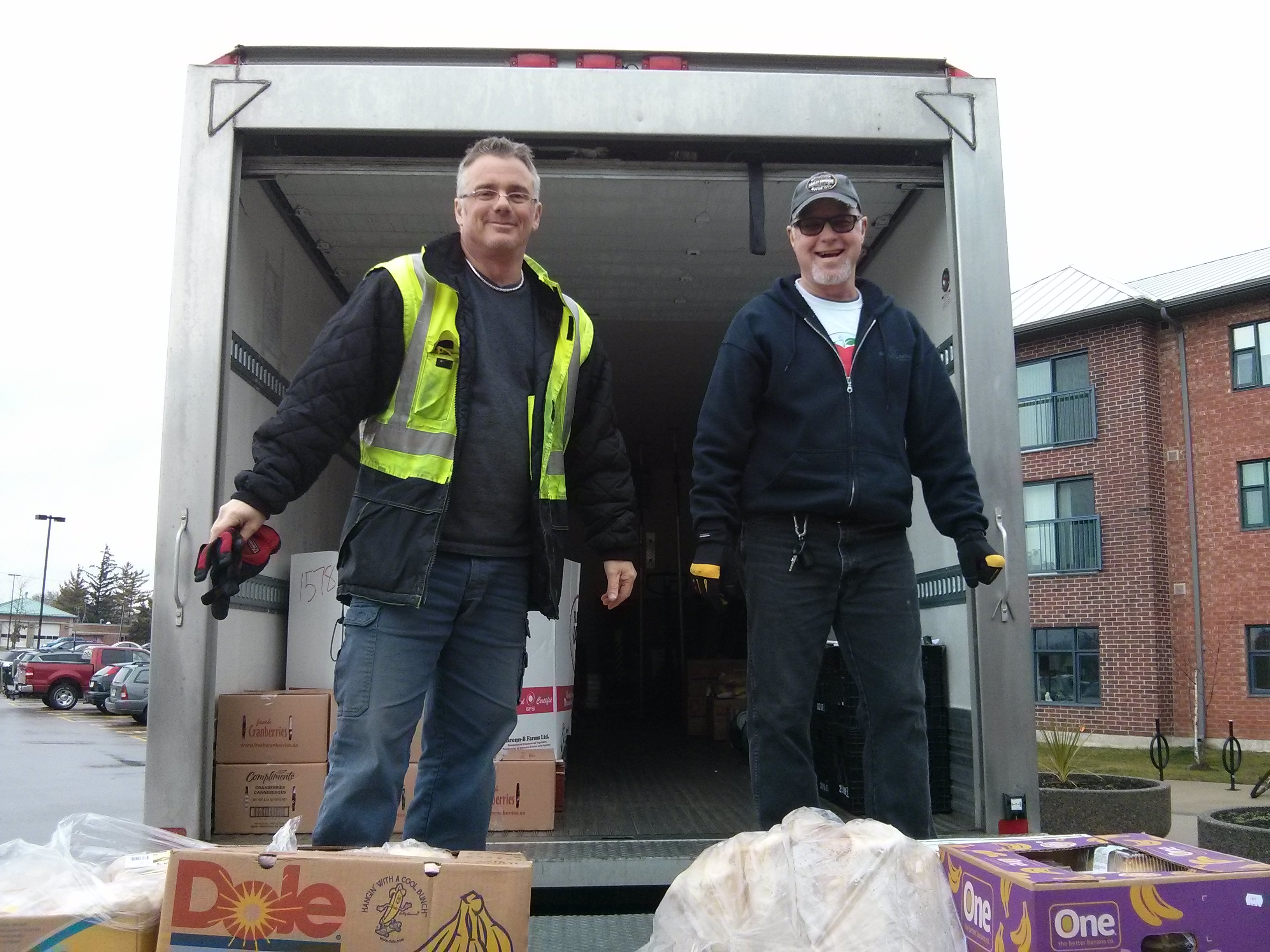 Last year, Food for Life in Halton recovered and distributed 2.2 million pounds of good food. An astounding number, and that is just within one region.
Last year, Food for Life in Halton recovered and distributed 2.2 million pounds of good food. An astounding number, and that is just within one region.
Food waste has received a lot of global attention as of late — and for good reason. There’s no arguing the plight found in the fact that Canada alone sees $31 billion worth of food waste a year, while at the same time people are going hungry (in 2014, 12% of Canadian households, 1.3 million households in participating jurisdictions, experienced food insecurity). And while you try to wrap your head around that destructive disconnect, also try to digest the environmental and economic impact of the production of food that isn’t even being eaten.
As we continue to look for and discuss solutions to these complex problems, some existing initiatives have been working to bridge this particular disconnect for quite some time now, and can point us to some galvanizing solutions. Localized and regionalized initiatives are making a difference across the country and beyond, and we recently spoke with one of those groups within the Golden Horseshoe, Food for Life in Halton Region. Their mission has always been a clear one: to feed those in need through community partnerships.
One in 10 people in the Region of Halton experience hunger – a statistic that many of the region’s own residents might be surprised to learn.
The roots of Food for Life in Halton (FFL) began to grow in 1995, with one Oakville resident picking up surplus goods from a bakery and delivering them to neighbourhood families in need. After much growth and development, Food for Life was officially incorporated in 2003, working to recover food from grocery stores, farmers, retailers, wholesalers, manufacturers, community gardens, food sharing partners and restaurants.
Today, Food for Life is providing food for 175,000 meals every month to those in need.

They work to supplement existing programs, such as food banks, to ensure that people also have access to fresh, nutritious food including meat, dairy and produce (66% of the food distributed by Food for Life is fresh produce, meat and dairy).
“We want to ensure that people in need are getting the proper amount of nutritious food, and not just relying on less expensive canned or boxed food items,” says Brenda Hajdu, Food for Life’s Executive Director. “Our goal is to ensure that anyone struggling has access to fresh food so they don’t have to decide between paying for heat or feeding their families.”
Food for Life has cultivated a strong connection with their agriculture community; these relationships are worthy of acknowledgement and celebration, as they make so much sense.
“Food for Life has been a place for farmers to donate their excess produce for the last 20 years,” shares Kate Brennan, Food for Life Community Engagement Coordinator. (The photo above is corn donated from Andrews’ Scenic Acres in Milton.)
And in 2013, Food for Life entered into a collective with some other initiatives across the region: Halton Fresh Food Box, Halton Food for Thought, Halton Fruit Tree Project, Halton Region Federation of Agriculture, Open Doors at St. Christophers, Halton Region and Farmer representation, collectively creating Feeding Halton.
These community organizations have been working with the agriculture community to streamline processes, procurement and logistics to ensure that local food from local farms is reaching the community. By streamlining these processes, engaged farmers have multiple access points into the social food economy, through both sale and donation of produce. In this capacity, Food for Life, via Feeding Halton, works with 12 Halton farms, providing the opportunity to donate to the community (with charitable tax receipts, as per the Local Food Act).
These multiple strong partnerships means FFL can cast their nourishing net far and wide. The agencies they deliver to are also diverse in nature, including food banks, community dinners, homework clubs for children, group homes, and support for people with mental health issues.
“O ur fleet of refrigerated trucks are on the road every day picking up good food from gracious food donors and delivering it to grateful food banks and hunger relief agencies,” says Brennan.
ur fleet of refrigerated trucks are on the road every day picking up good food from gracious food donors and delivering it to grateful food banks and hunger relief agencies,” says Brennan.
The majority of the food is distributed through Food for Life Outreach Programs. With their community partners and more than 600 volunteers, they coordinate weekly “pop-up” food banks every week. These programs are held in community rooms, places of worship, and onsite at low-income housing buildings, providing those in need with direct access to fresh food right within their neighbourhood.
“These programs are especially integral when transportation is a primary barrier to accessing food,” explains Brennan. There are 37 of these programs throughout Halton, and through these programs they see 27, 222 client visits every month. Sixteen per cent of clients served are seniors; 35% are children.
Together with community partners, Food for Life has also spearheaded a food security initiative in Halton Region, and is currently working through a series of forums to ensure work on a multilevel, multi-stakeholder format to increase food security in Halton.
Now we can’t learn from successes without asking about challenges, and Brenda Hajdu has shared some with us:
- Securing enough nutritious food for our clients
- Costs associated with operating a fleet of refrigerated trucks
- Raising awareness of the real issues of hunger in the local community, particularly when many people see Oakville and Burlington as such affluent communities
- Ensuring that those in need are aware of our programs and can access them
But Hajdu says they just continue to work towards new ways to improve efficiencies, to reach out to the community, and to increase the capacity to provide food to more people.
She adds that food is just the beginning. “Once individuals and families access food programs,” explains Hajdu, “we are then able to refer them to other important services that help them transition out of poverty and into a life filled with warmth and nutrition.”
Food for Life has calculated that they are able to turn every dollar donated into $15 worth of food. So while farm workers and those in the ag industry talk about value-added on the farm, let us also con sider the added value of initiatives like these out in the community: diverted food waste, supporting farmers and the good food they grow, developing invaluable relationships, getting food to those in need resulting in more nourished residents, and, as their calculations have shown, adding considerable value to food dollars and donations.
sider the added value of initiatives like these out in the community: diverted food waste, supporting farmers and the good food they grow, developing invaluable relationships, getting food to those in need resulting in more nourished residents, and, as their calculations have shown, adding considerable value to food dollars and donations.
